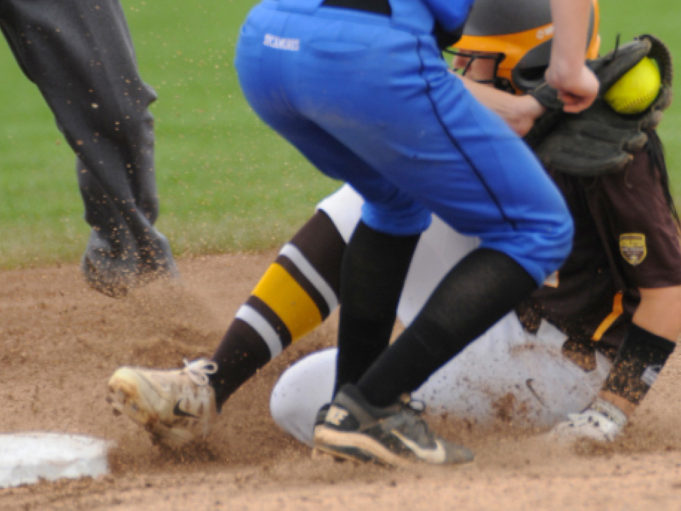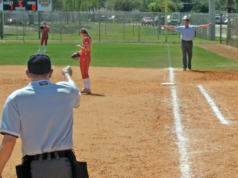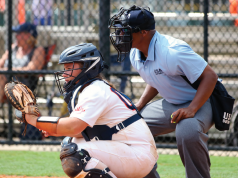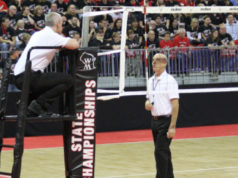The pause, read and react technique has been used for many years. Some associations call that process, wait, interpret, choose. Others coin it, read, process, react. Nevertheless, all are designed to slow down the umpire’s mechanics so he or she can recognize everything that happened.
The stop, set, angle, focus, hold and call method complements the Professional Baseball Umpire Corporation’s (PBUC) pause, read and react to complete the entire nine-step process of making a call. The stop is coming to a complete stop as you would for taking a photograph. The set is dropping to a comfortable calling position stance of personal choice. The angle is obtaining the optimum perspective for the play. The focus is fixating your eyes where all the elements of the play intersect. The hold allows you to wait until the entire play ends before rendering your decision. The call is the telling moment to announce and signal your decision.
While all steps of the process are important, the focus element may be the most important mode. The best calling position goes for naught if you are not focusing in the right spot.
Key focusing points will improve your judgment. Those focusing points are:
The bang-bang play at first base.
Keep the ball in your peripheral vision and flash your eyes to the home plate side of first where nearly every batter-runner first touches. Then use the snap-thud method. Listen for the snap of the ball in the fielder’s glove before you hear the thud of the runner’s foot on the base. Combine your senses of sight and hearing. If the snap beats the thud, it’s an out.
Catch/no catch.
Flash your eyes from the ball to the fielder’s glove when the ball is about 20 feet from the fielder. You may never miss another catch/no catch.
Tag play.
Flash your eyes from the ball to the fielder’s glove. Then follow the glove to the tag.
Checked swings.
From the bases, flash your eyes from the pitch to the end of the barrel of the batter’s bat. Do that and you’ll get them right.
Here’s a tip on calling fair/foul derived from a technique used by top tennis officials. Keep the batted ball in your tangential vision and focus on the foul line. It is hard to miss a fair/foul call if you perfect that technique.
As the plate umpire on foul fly balls, don’t rip off your mask and try to find the ball. Take a drop step back opposite from the way the catcher turns with your mask on to pivot and clear the catcher. Let the catcher take you toward the ball. Then take your mask off if a catch/no catch develops.
Remember, there is a close correlation between closeness to the play and correctness of the call. Also:
- See in all areas but call only in your own area.
- Watch the ball. Glance at the runners. See your partner(s).
- If in doubt, call ’em out and get most of your calls right.
- Anticipate the play but never anticipate the call.
What's Your Call? Leave a Comment:
Note: This article is archival in nature. Rules, interpretations, mechanics, philosophies and other information may or may not be correct for the current year.
This article is the copyright of ©Referee Enterprises, Inc., and may not be republished in whole or in part online, in print or in any capacity without expressed written permission from Referee. The article is made available for educational use by individuals.


















